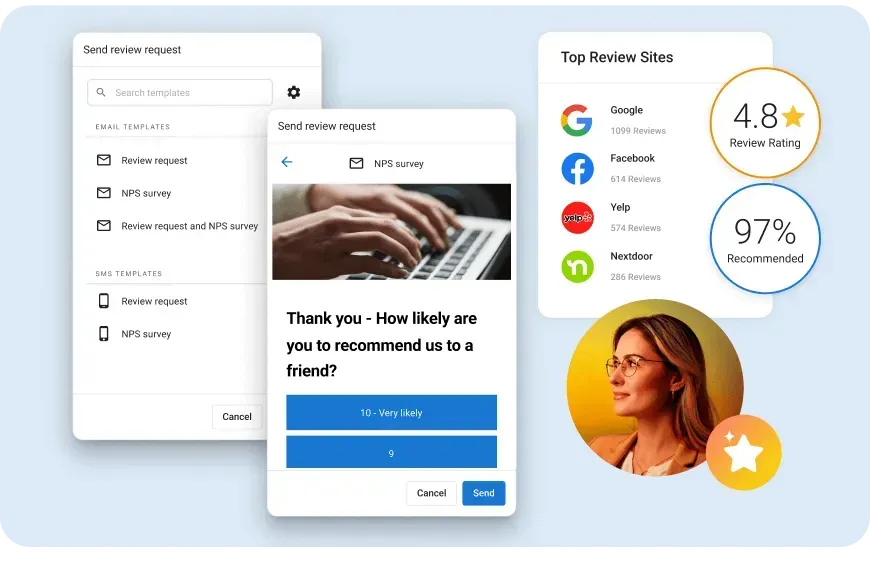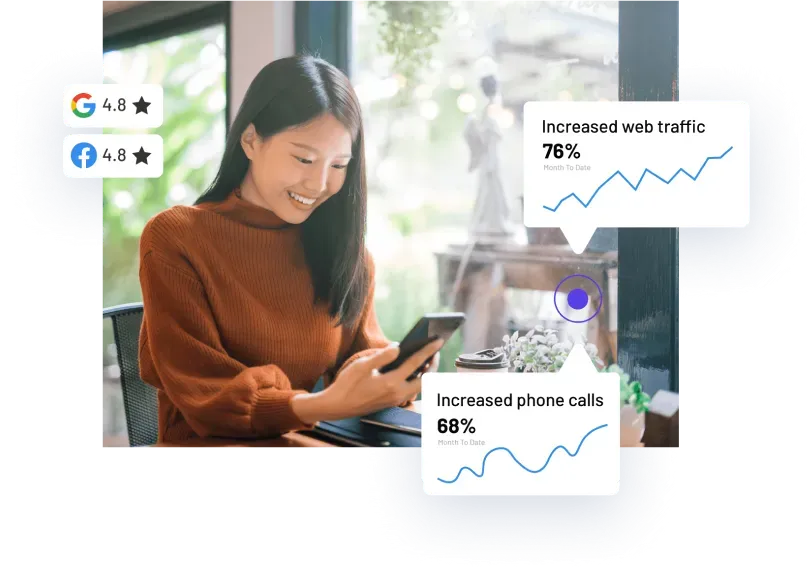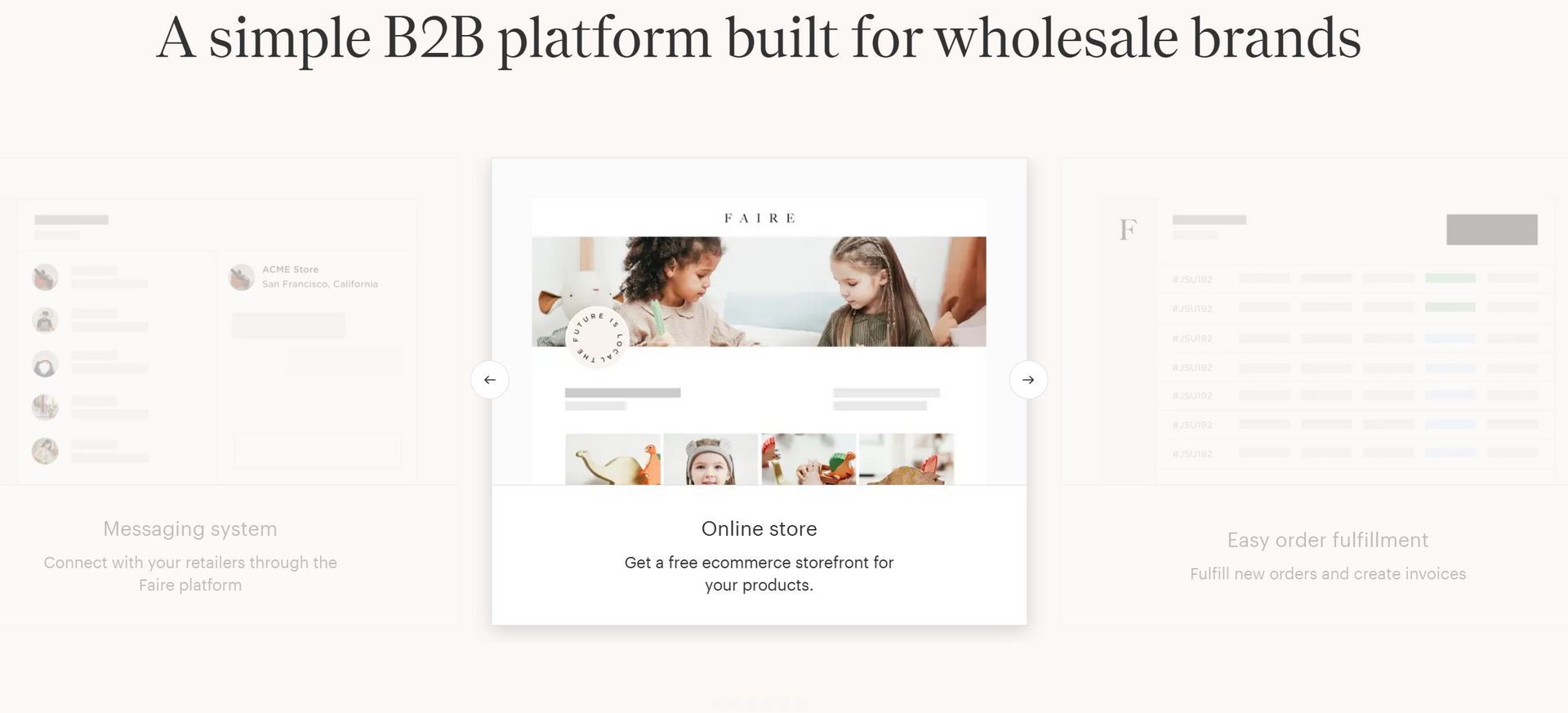MASTERING LOCAL SEO FOR SERVICE AREA BUSINESSES: A COMPLETE GUIDE
Local SEO is essential for service area businesses (SABs) that operate in specific regions without a traditional brick-and-mortar location.

Local SEO is essential for service area businesses (SABs) that operate in specific regions without a traditional brick-and-mortar location. Unlike physical storefronts, SABs need to adapt their digital marketing strategies to ensure potential customers can find them in the competitive local market. In this blog, we’ll explore actionable tips to help SABs optimize their online presence and boost visibility in local search results.
1. Set Up Your Google Business Profile Correctly
Google Business Profile (GBP) is a critical tool for any business, but especially for SABs. Since SABs don’t rely on a physical storefront, you need to configure your GBP to accurately represent your business:
- List Service Areas: Instead of displaying a physical address, set up your profile to highlight the areas you serve. Google allows you to define your service area by cities, postal codes, or specific neighborhoods.
- Maintain Accurate Information: Ensure your contact details, business hours, and service descriptions are up-to-date.
Following Google’s guidelines for SABs is vital to improve your chances of appearing in relevant local searches.
2. Create Location-Specific Service Pages
If you serve multiple areas, creating dedicated pages for each service area on your website is a must. These pages should be optimized with unique content that caters to the specific audience in each location. For example:
- Targeted Keywords: Use local keywords such as “plumbing services in [City]” or “heating repair in [Suburb]” naturally within the content.
- Local Information: Highlight area-specific details, like landmarks, local events, or unique community needs that tie into your services.
- Calls to Action (CTAs): Include clear CTAs to encourage potential customers to contact you directly from each location page.
3. Optimize Your On-Page SEO
Your website’s on-page SEO plays a major role in local search rankings. To optimize for SABs:
- Meta Tags: Write compelling title tags and meta descriptions that include your services and the areas you serve.
- Headings: Use headers (H1, H2, H3) that incorporate local keywords.
- Content: Provide detailed, high-quality descriptions of your services and how they meet the needs of customers in your service areas.
Remember, search engines prioritize websites that deliver a great user experience, so keep your pages informative and easy to navigate.
4. Leverage Local Business Schema Markup
Schema markup is a powerful tool that helps search engines better understand your website’s content. For SABs, using Local Business schema markup can:
- Define your business type and services.
- Highlight your operating hours and service areas.
- Provide clear contact information.
This structured data ensures your business appears prominently in search results, often as rich snippets that grab user attention.
5. Maintain Consistency Across Online Listings
Consistency is key when it comes to your Name, Address, and Phone Number (NAP) information. Ensure your NAP details match across all platforms, including your website, social media profiles, and online directories. Inconsistent information can confuse search engines and potential customers, lowering your local SEO performance.
Use tools like Moz Local or BrightLocal to audit and manage your business listings or access our FREE Local BusinessApp.
6. Encourage and Respond to Customer Reviews
Reviews are a significant factor in local search rankings. Encourage satisfied customers to leave positive reviews on platforms like Google, Yelp, and industry-specific review sites. Here’s how:
- Ask for Reviews: Send follow-up emails or texts to customers requesting a review after completing a job.
- Engage with Feedback: Respond to all reviews—positive or negative. Thank customers for their feedback and address concerns professionally.
Positive reviews not only improve your online reputation but also increase trust among potential customers.
7. Avoid Using Virtual Offices
While it might be tempting to use a virtual office address to broaden your reach, this practice can backfire. Google’s guidelines explicitly state that virtual offices are not suitable for listing as a business address. Violating these rules can result in your profile being suspended or penalized.
Instead, focus on optimizing your online presence for your actual service areas to build long-term credibility and success.
8. Use Local Citations to Build Authority
Citations—mentions of your business name, address, and phone number on other websites—are essential for building local SEO authority. Ensure your business is listed on:
- Local directories, like Yelp or Yellow Pages.
- Industry-specific platforms.
- Community websites or local chambers of commerce.
Citations signal to search engines that your business is active and trustworthy.
Conclusion
For service area businesses, an effective local SEO strategy is the key to reaching your target audience and staying competitive in the local market. By optimizing your Google Business Profile, creating location-specific content, maintaining consistency, and leveraging customer reviews, you can enhance your visibility and attract more customers. Stay proactive and adapt to changes in local SEO trends to ensure long-term success.
Start implementing these strategies today, and watch your business thrive in your service areas!


























